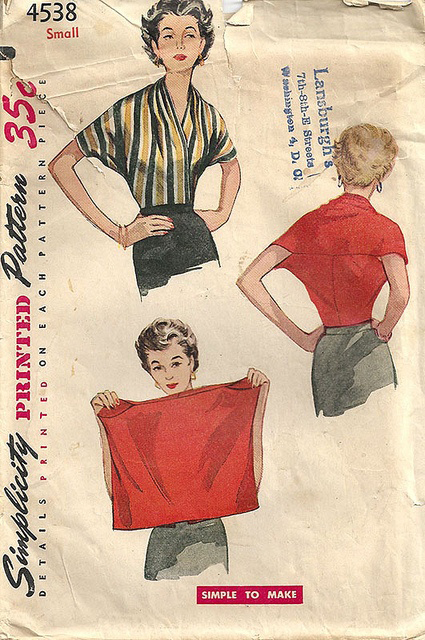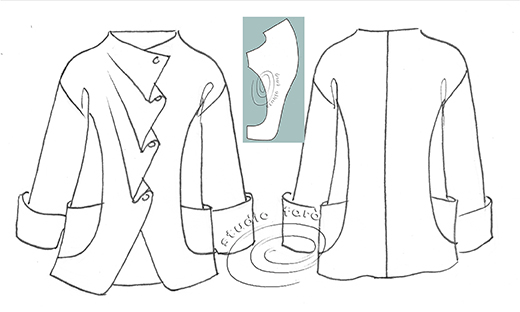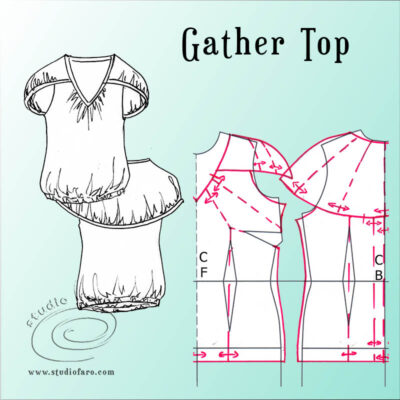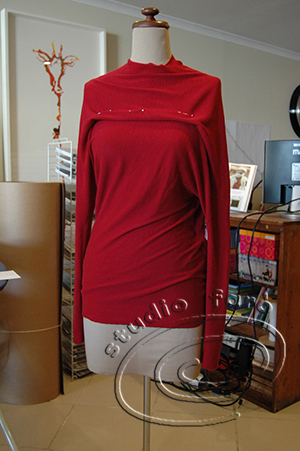02 Sep Retro Shrug
Posted at 14:21h
in Pattern Making Instructions, Pattern Puzzles, Self-draft, Stretch Patterns, Vintage Patterns
0 Comments
Here is the anonymous shape that was posted on our Facebook Page. A self-drafted rectangle with three notches - that's all they got! And they were very creative with the information. Have a look at the comments! And this is the Vintage Pattern (now reissued as Simplicity 8452) that started me off on a quest to make and understand how a simple, self-drafted rectangle shape becomes this elegant top?!?











